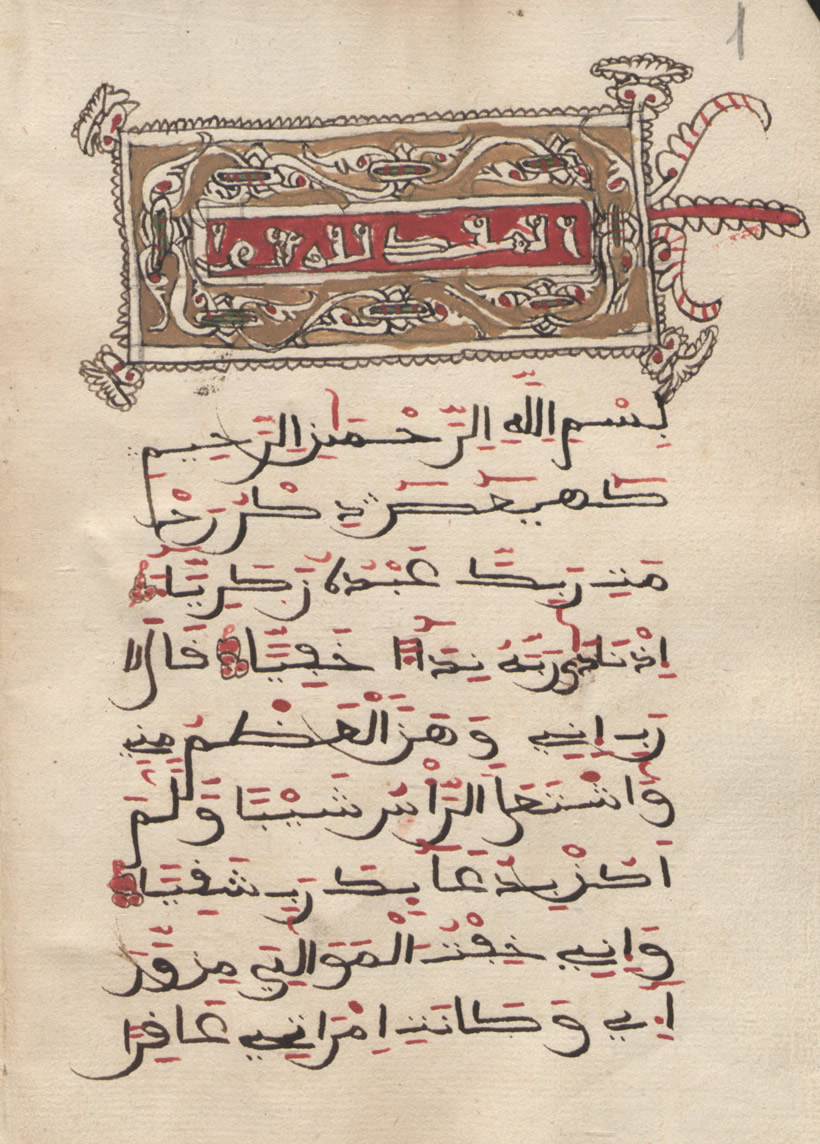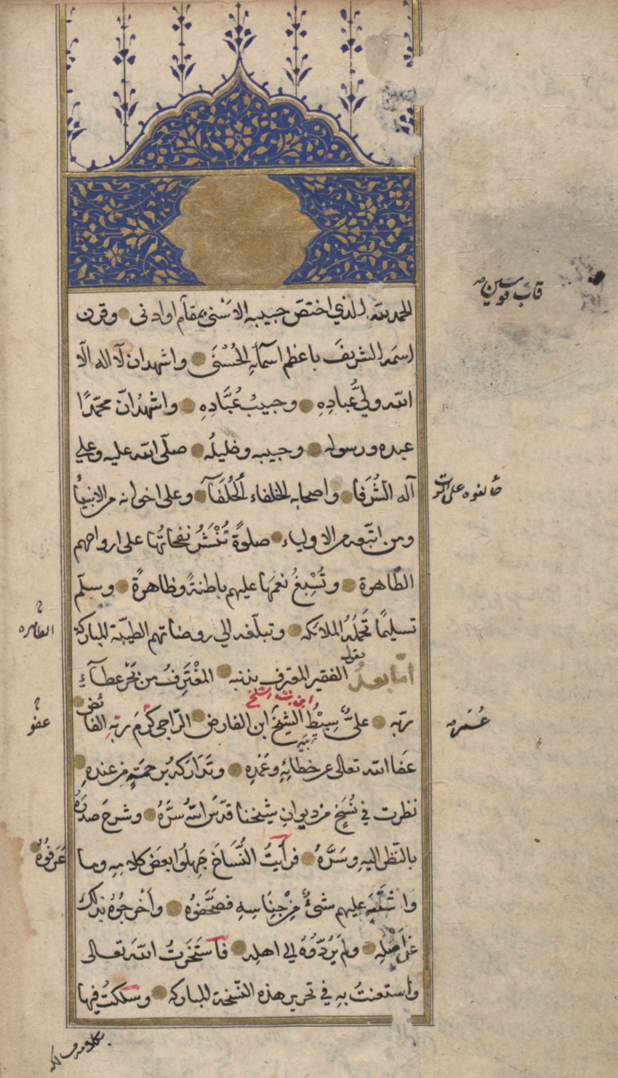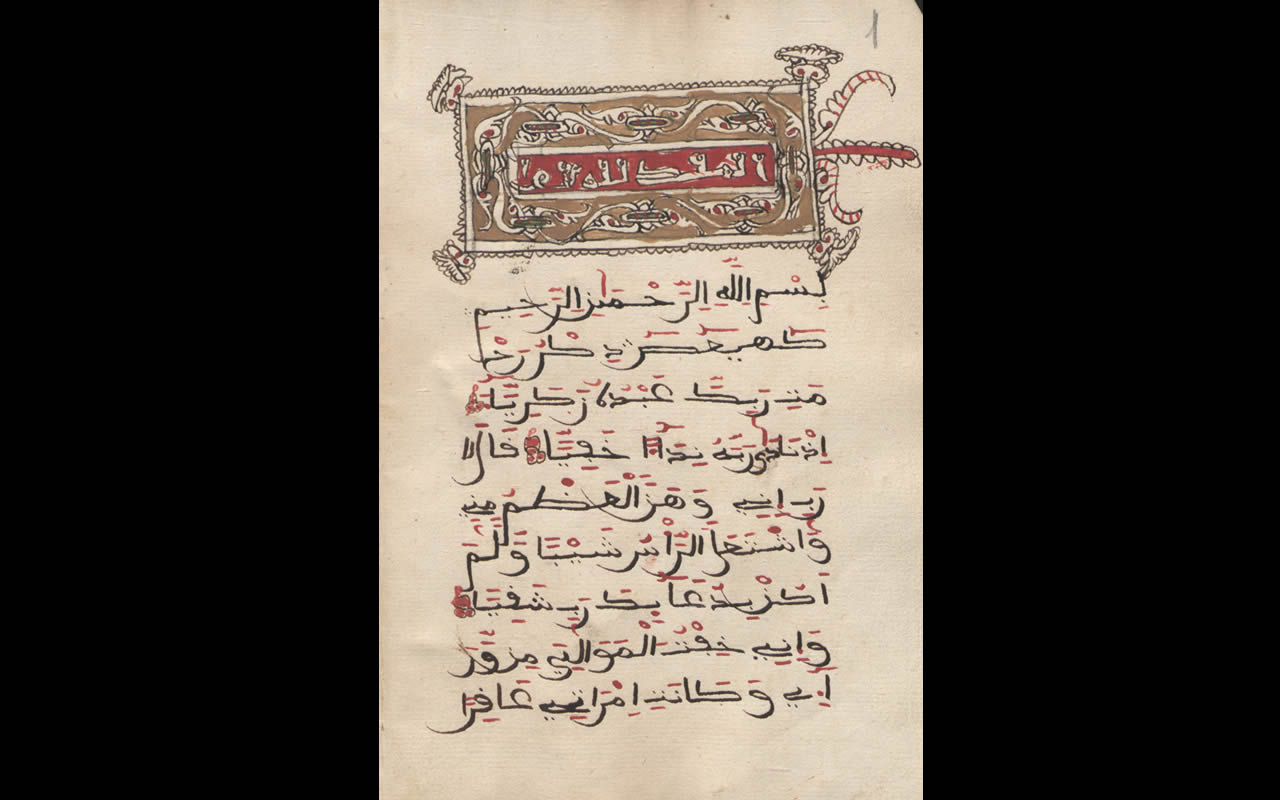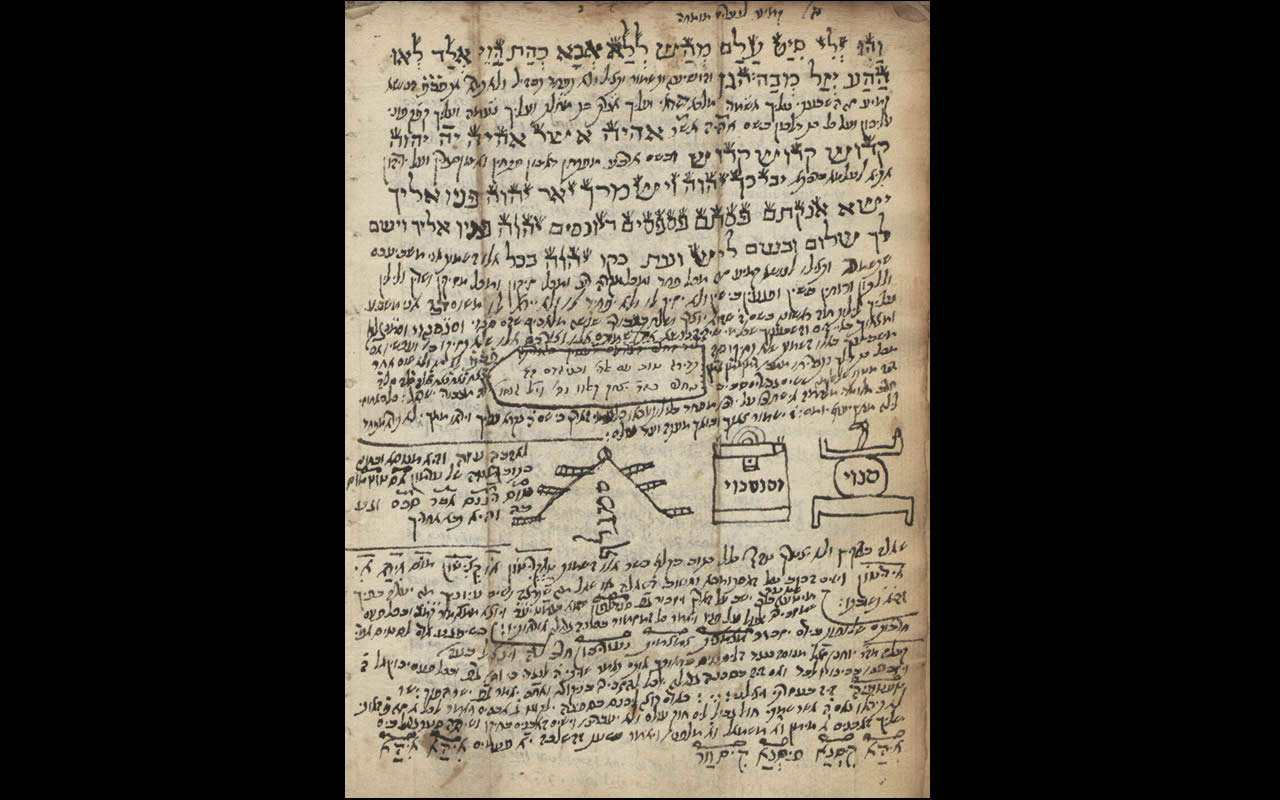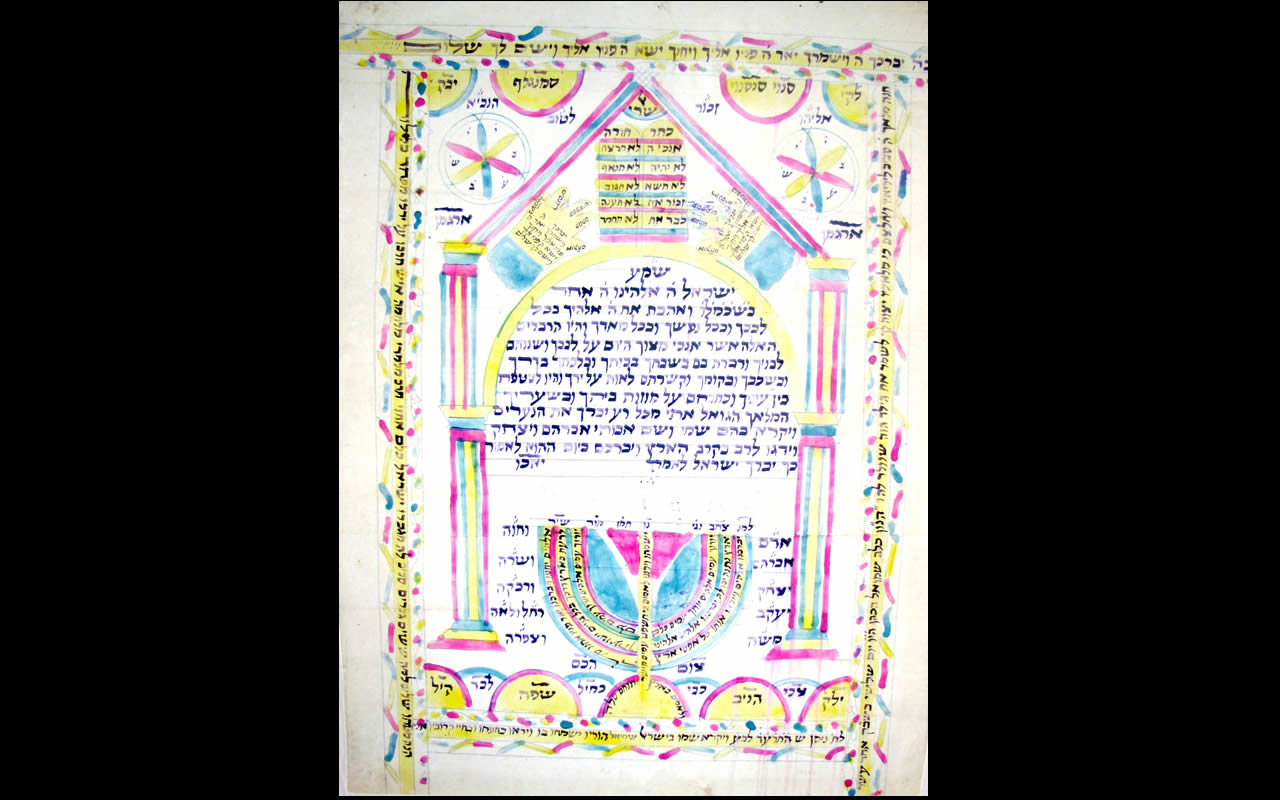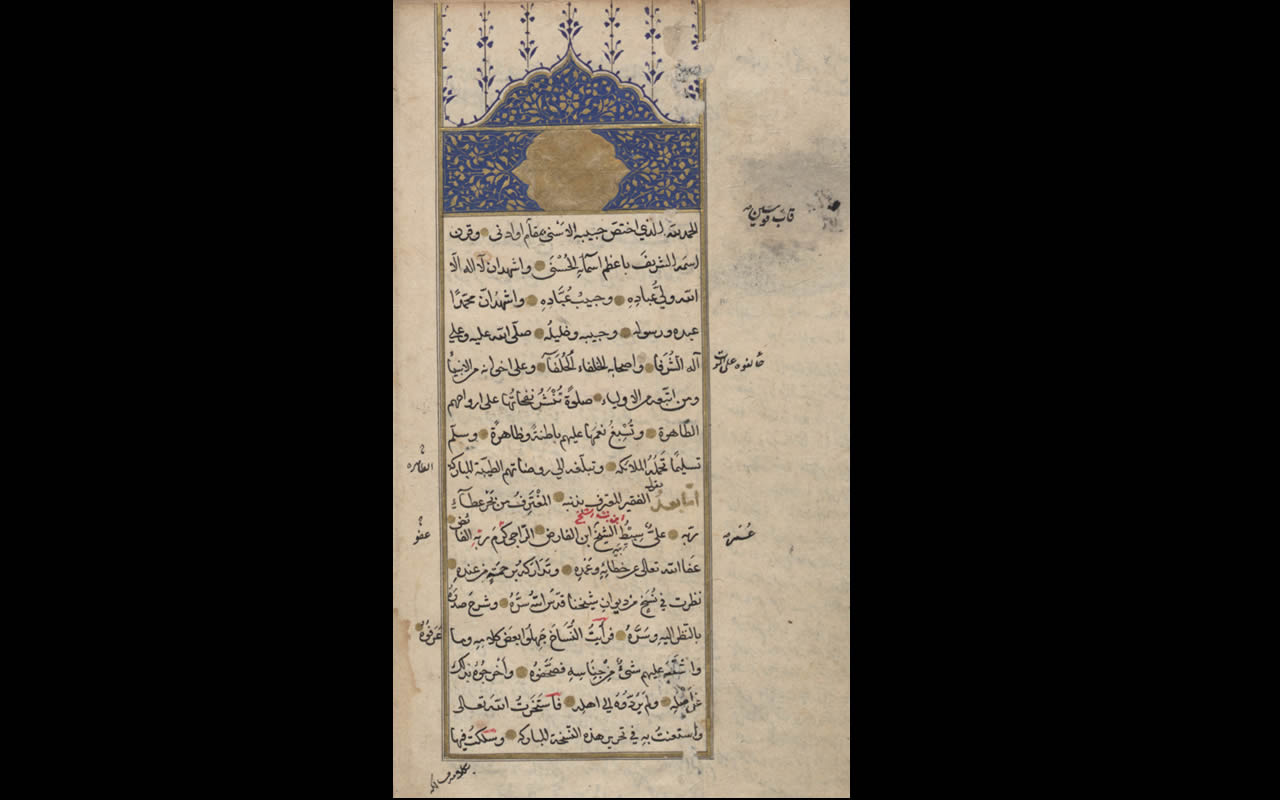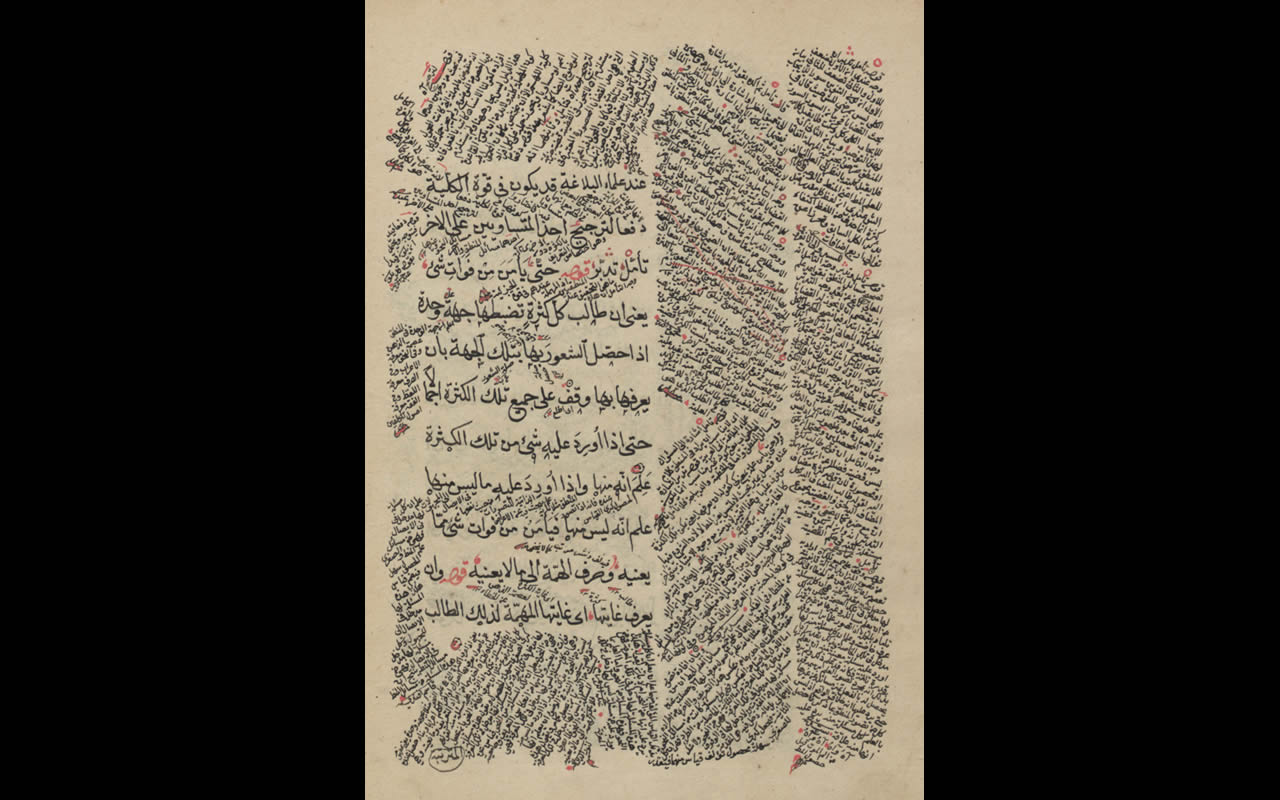There were also a few references to the collection in the catalogue of
Manuscritos árabes y fondo antiguo de la Escuela de Estudios Arabes : exposición con motivo del 75 Aniversario de la fundación de la Escuela de Estudios Árabes (CSIC) (2007-2008).
The collection contains essentially religious works, although there are also some documents on law, literature, lexicography, grammar and poetry.
The collection contains essentially religious works, but there are also some works on law, literature, lexicography, grammar, poetry, and Cabala.
Some of the manuscripts have received scholarly attention. This is prominently the case with Ibn Luyūn’s (d. 1348)
Treatise of Agriculture of [ms14], which is considered of great bibliographic, scientific and patrimonial value. Because of its relevance in the field of agricultural studies it has been studied by many Spanish and non-Spanish specialists, and has been selected as an exceptional piece for a number of exhibitions within Spain. Other manuscripts of the collection have been the subject of PhD dissertations, including the copies of Ibn Nubāta’s
Sharḥ al-ʿuyūn fī sharḥ Risālat Ibn Zaydūn[ms12] and Ibn Abī Zayd al-Qayrawānī’s
Jumla mukhtaṣara min wājib umūr al-diyāna[ms7], whilst the fragment of Ibn Khaldūn’s
Muqaddima [ms16] has been edited as a facsimile by the Legado Andalusí foundation.
Furthermore, important codicological studies have been carried out by specialists in restoration, who have analysed the bindings and paper of the dated manuscripts. In this respect, ms9 –which contains the grammatical compendium written by Muḥammad b. al-Ḥasan al-Zubaydī under the title
Kitāb al-Wāḍiḥ– constitutes an important exemplar, its structure reflecting the transition between Arabic and Mudéjar bindings.
The collection from the Granados Montoro family originally comes from Morocco. According to the scientific assessment kept at the EEA Archive, it is a clear example of the cultural situation in 19th-century North Africa. The Granados Montoro collection contains some of the most widespread works during that period, which cover all fields of knowledge: law, logic, grammar, religion, Qurʾan, etc. As stated in the
appraisal report, these works have had a great influence on the development of Maghrebi culture, which is the reason why they were profusely copied and edited. From a documentary perspective, the following manuscripts stand out:
